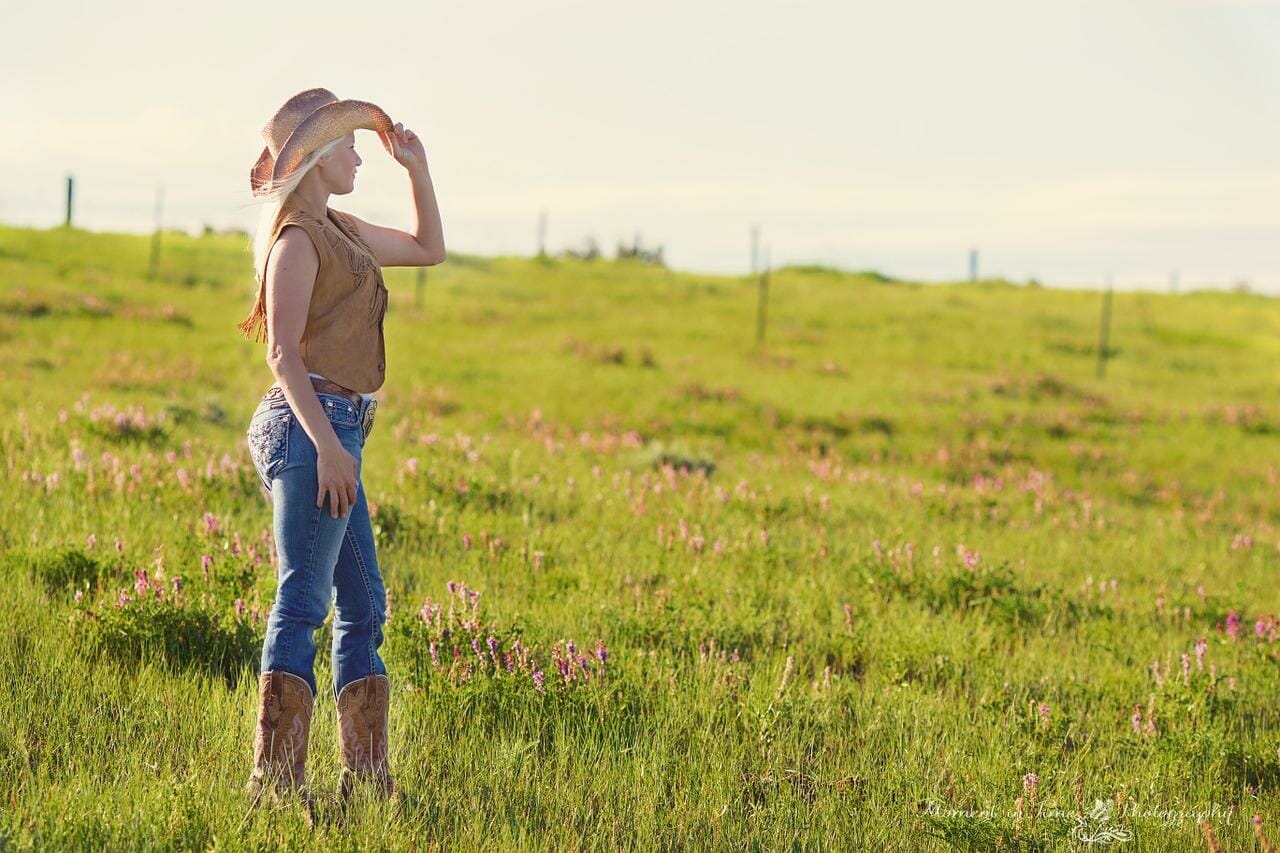It has to feel discouraging when someone quotes you “at least ten grand” for commercial farm equipment. That’s a lot of money to borrow or raise, and sometimes farming is a “right now” prospect, not a let’s wait and see.
But look on the sunny side! Starting a farm could be seen as a series of steps, and one that is entirely scalable depending on your available resources.
In this article, we’re going to discuss how you can start a farm with no money at all, and then consider how to build your farm over time in a way that doesn’t require a large investment.
The First Steps Are Free
Consider the first stage of starting a farm as “paid training”, only without the pay!
It’s important to gain firsthand experience working on a farm, as opposed to just textbook knowledge. You could try to gain experience from a local farmer, or if that’s not an option, strike up a conversation with people who work in farming.
You can find someone to talk to at a farmer’s market, or even arrange to conduct an interview with a farmer or representative of the company if they can schedule the time. Most professionals won’t mind the publicity, especially if you ask questions about their daily routine, their products, and other career-oriented questions.
If all else fails, consider applying to an entry-level position at a farm or a ranch, for a limited period of time. Even a short-term stint will help you get real-world experience, which will help you later on when buying equipment for the first time.
Start Small and Grow
Don’t conclude that you need thousands of dollars just to get started. Some farmers have said that as little as $600 would be enough to buy basic equipment. If you already have rights to use the land, all you may need is equipment and farm products, from a vendor like QC Supply.
Your commercial vehicle could be your personal vehicle. You may also get free supplies from family, friends, local farmers, and even free materials given away from the community.
Also if you can buy livestock young, you usually get a big discount. The more you organize your farm in advance, the more you can postpone certain expenses.
Reach Out for Financial Assistance
Before going into debt over a startup farming business, try to exhaust all forms of possible funding. For example, you could research loans or even microloans.
The USDA has Beginning Farmers and Ranchers loans available for qualifying farmers. The loans can be used to help pay for operating or even living expenses, as well as marketing opportunities. The loans are not only for existing farms, but even for farmers just starting their business.
You can also forgo a small loan in favor of a “micro” line of credit, such as a business credit card, and keep spending within $1000 until you pay off the debt. Starting with a small farm and building a larger farm when you meet the product demand is the best way to avoid postponing your dream of starting a farm now!
Here are some other ideas on how to secure funding for your first farm.
Follow Your Vision One Step At a Time
The fact of the matter is that farms are decreasing in number according to 2021 farming statistics. True, it is hard to start a farm and compete in this kind of business.
On the other hand, a farming business is more “in demand” than ever before, especially if you can find a local niche to fill.
Whether your products will focus on livestock, produce, or even something modern like hemp, follow your vision and organize your future with a business plan.
Even if you’re just getting a beginner’s experience, your career is already getting started. Stay focused and learn to turn a small garden into a thriving farm.




